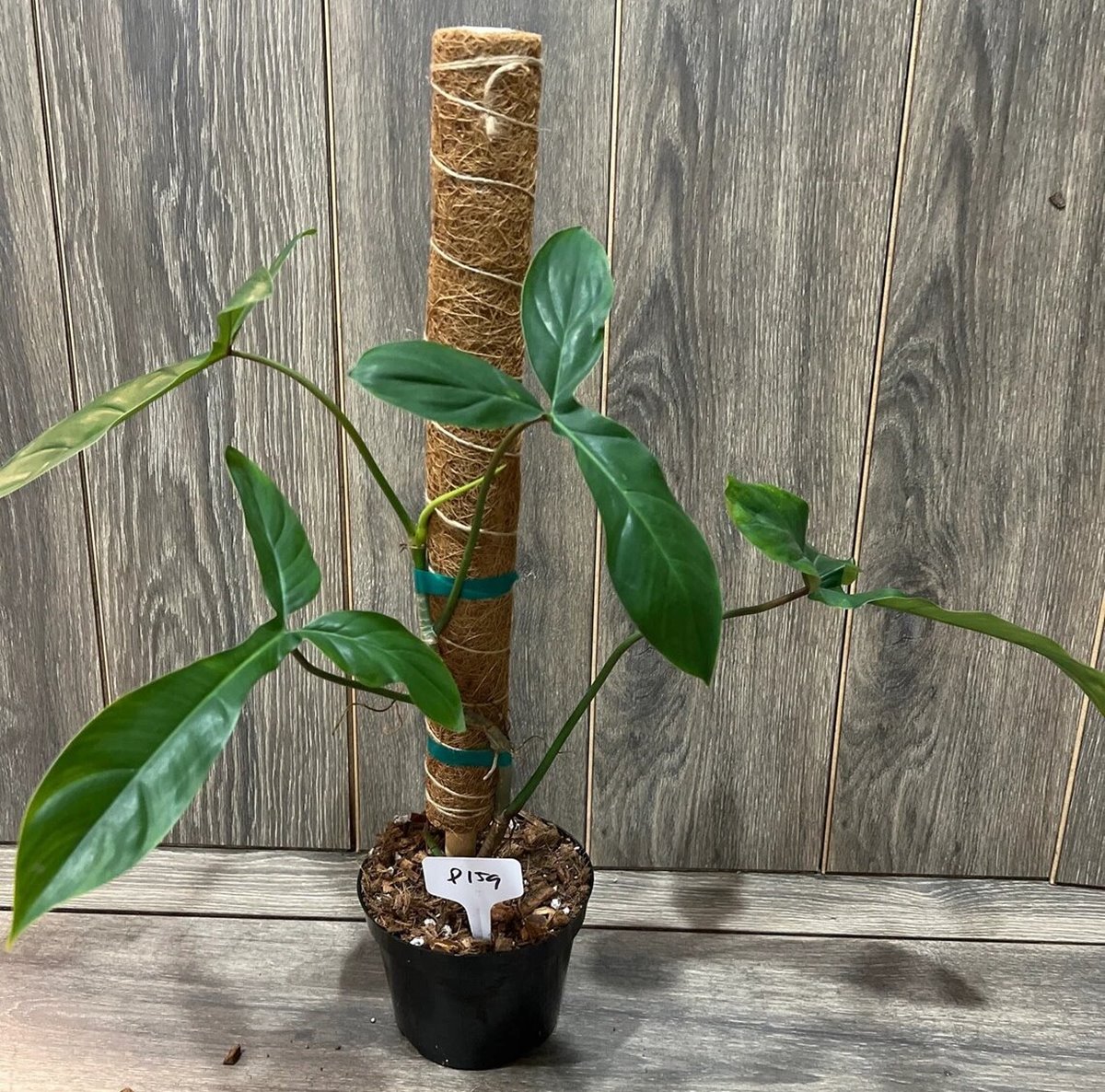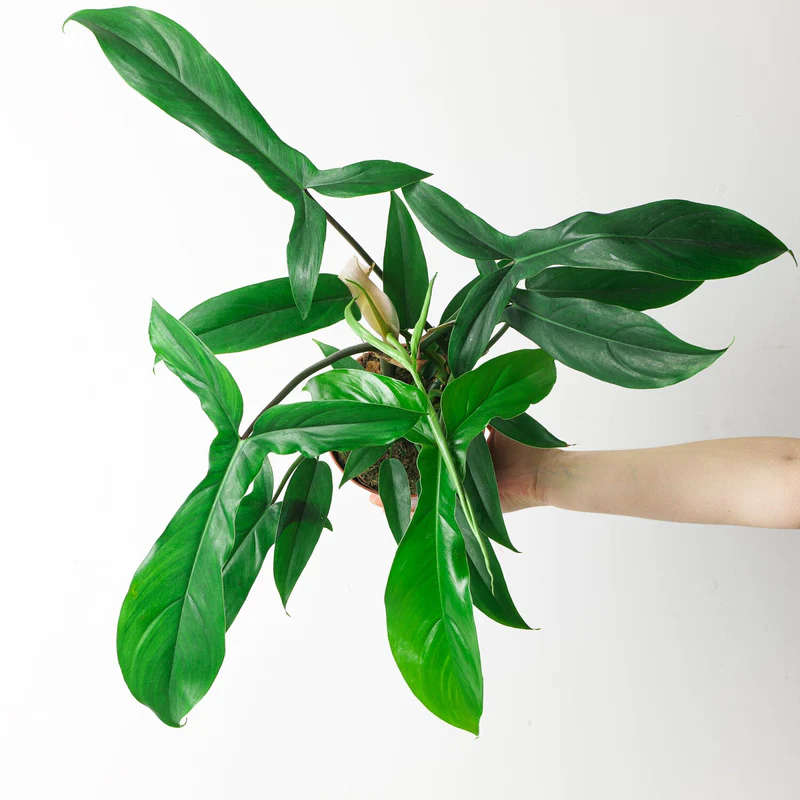Philodendron 69686 is a popular species of houseplant known for its stunning green leaves and low maintenance needs. This plant is a perfect choice for those who are new to gardening or those who are looking for an easy-to-care-for indoor plant. In this comprehensive guide, we will cover everything you need to know about Philodendron 69686, including its care and maintenance requirements, how to propagate and grow it, and common issues you might encounter when growing this plant.
Introduction to Philodendron 69686
Philodendron 69686, also known as the Heart-Leaf Philodendron, is a species of evergreen vine that is native to Central and South America. It is a popular indoor plant due to its ability to thrive in low light conditions and its ability to clean the air of toxic pollutants. The leaves of Philodendron 69686 are heart-shaped, green, and glossy, giving it a striking appearance that makes it a beautiful addition to any home or office.

Light Requirements for Philodendron 69686
Philodendron 69686 is a low-light plant, which means it can thrive in areas with limited natural light. However, it is important to note that while this plant can tolerate low light conditions, it will grow best in bright, indirect light. If you place your Philodendron 69686 in a location with direct sunlight, the leaves may become scorched, and the plant may start to look sickly.
Watering Requirements for Philodendron 69686
Watering is one of the most important aspects of caring for Philodendron 69686. This plant prefers to be kept evenly moist, but not waterlogged. The best way to water Philodendron 69686 is to check the soil regularly and water it when the top inch of soil is dry. Over-watering is one of the most common issues with this plant, so be sure to avoid watering it too often. For more details on the optimal watering techniques for Philodendrons, refer to our detailed guide
Soil Requirements for Philodendron 69686
Philodendron 69686 prefers well-draining soil that is rich in organic matter. A mixture of peat moss, perlite, and vermiculite is a great choice for this plant. Make sure the soil is moist but not waterlogged, as this can lead to root rot.
Fertilizing Requirements for Philodendron 69686
Philodendron 69686 benefits from regular fertilization to support its growth and health. The best time to fertilize this plant is during the growing season, which is typically from spring to fall. You can use a balanced, water-soluble fertilizer and follow the instructions on the label.
Propagation of Philodendron 69686
Philodendron 69686 is a fast-growing plant that is easy to propagate. The two most common methods of propagation are stem cuttings and division. Stem cuttings can be taken in the spring or summer, while division should be done in the spring.
Common Issues with Philodendron 69686
Like any plant, Philodendron 69686 may encounter a few common issues from time to time. Some of the most common issues include:
- Yellowing leaves: This may be due to overwatering, underwatering, or a lack of nutrients.
- Stunted growth: This may be due to a lack of light or a lack of fertilizer.
- Pests: Philodendron 69686 can attract pests such as spider mites, mealybugs, and scale insects. These pests can cause damage to the leaves and stems of the plant. To control pests, you can use neem oil or insecticidal soap.
- Root rot: This is a common issue for Philodendron 69686 when the soil is kept too moist. To prevent root rot, make sure the soil is well-draining and avoid overwatering.

“Discover the beauty of nature with Philodendron 69686! Click the link to bring this stunning plant into your home today.”
Where to buy Philodendron 69686? Benefits from importing plants from Thailand
- Shipping: Door to door shipping, fast and safe with Dragon Courier
- Biodiversity: Thailand is known for its rich biodiversity, including a wide variety of aroid species. This diversity allows importers to access a broad range of unique and exotic aroid plants.
- Quality and Health of Plants: The suitable climate helps the plants grown here stay healthy and of high quality.
- Cost-Effectiveness: Due to favorable growing conditions and efficient production methods, Thai aroid plants can often be more cost-effective compared to those from other countries.
- Access to Hybrid Varieties: Thai growers are often involved in the development of new hybrid aroid varieties, offering unique plants that may not be available from other sources.
Philodendron species are the most sought after by aroid plant lovers
Conclusion
Philodendron 69686 is a beautiful and low-maintenance houseplant that is perfect for those who are new to gardening or who are looking for an easy-to-care-for indoor plant. With its stunning green leaves and ability to thrive in low light conditions, this plant is sure to bring a touch of nature to any home or office. By following the care and maintenance requirements outlined in this guide, you can ensure that your Philodendron 69686 stays healthy and thrives for years to come.





















